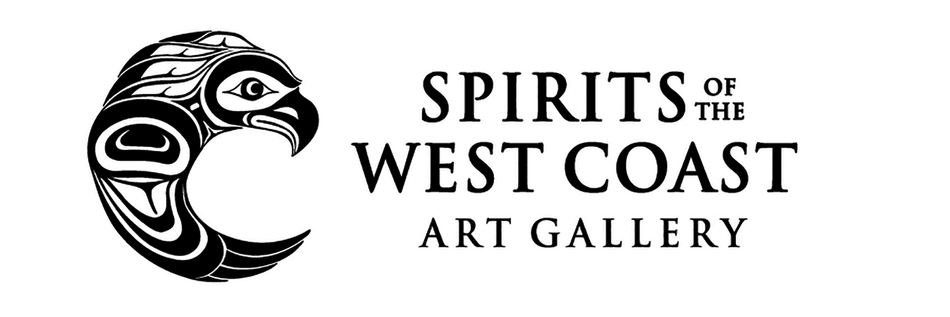Abalone Information and Care
Abalone is a unique type of snail that lives in the ocean. It comes from the family of Haliotidae. It’s common name, abalone, comes from the Spanish term aulon or aulone.

The First Nations peoples of the Northwest Coast consider abalone a valuable and sacred material. It is often used to create objects of prestige and status, such as chief's headdresses, bracelets, and earrings. Abalone shells are also used to create intricate inlay designs, which often have symbolic meaning.
Traditionally abalone was obtained through trade with other coastal groups, or through harvesting by the Indigenous peoples of the region. The shells were harvested from the rocky shores of the Pacific Northwest, and the process of collecting them was considered a sacred activity.
In addition to its ceremonial and spiritual significance, abalone was also used for practical purposes. Abalone shells were used as a source of food and it was also used to create tools such as knives, hooks, and needles.
Today, abalone continues to be an important part of Pacific Northwest Coast culture. Many Indigenous artists continue to work with abalone and use it in contemporary art and cultural revitalization efforts. Abalone art and artifacts are also highly valued by collectors and museums.
Overfishing and poaching have reduced wild populations to such an extent that farmed abalone now supplies most of the abalone used, becoming a more sustainable option.
Jewelry containing abalone should be removed when showering. Avoid contact with soaps and chemicals, including polish, as they can dull the appearance of abalone.




